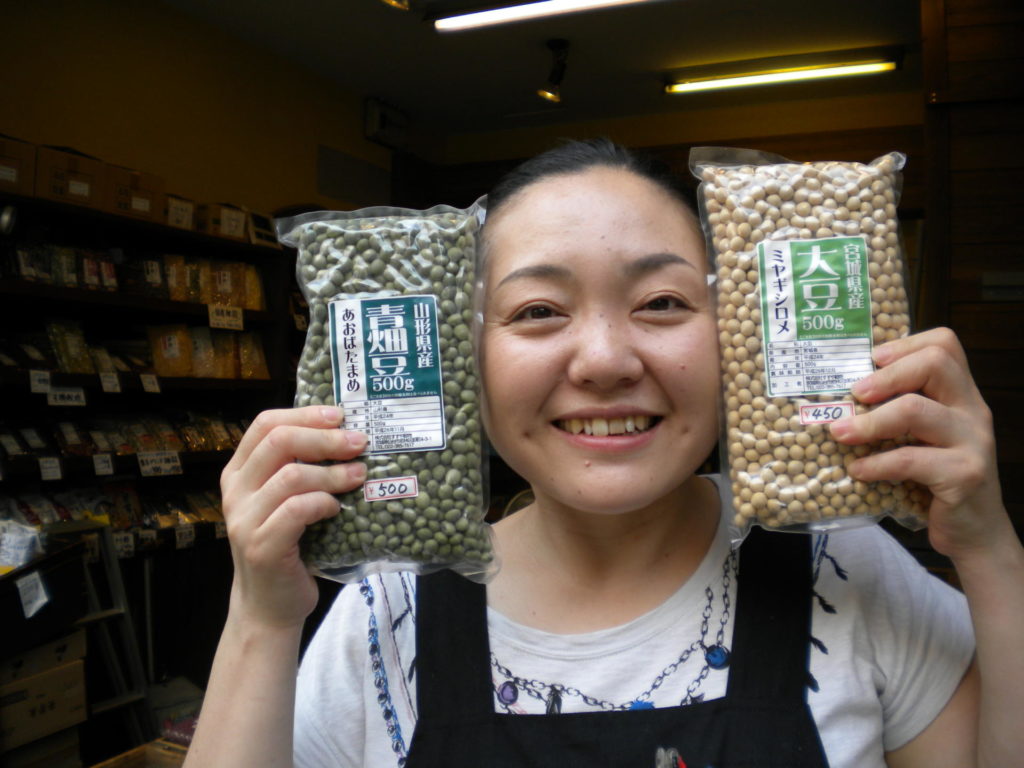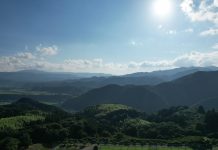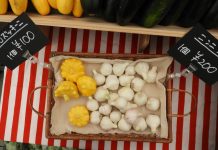They say good farmers make good cooks, and one step onto the narrow side street that is the Sendai Asaichi Market makes it clear this is where to find some of the locals’ secret ingredients. Established in 1948, this little market is big on variety, seasonal flavors and all things Tohoku.

You’ll find tiny whole eggplants perfect for pickling, daizu (soybeans) used to make the city’s famous miso, and fresh local specialties are made and sold year-round. It is testament to the region’s fertile soil and abundant seas; the challenge is deciding what to eat now and what to lug home for later.
Citizens and local restaurant owners jostle for the day’s best picks at the 53 stalls that make up the market. Travelers wanting an immediate taste of the region can nibble on shiso-wrapped onigiri (rice balls) stuffed with akamiso (red miso) or shiso-wrapped seasonal fish.
Duck under the colorful awnings and wander through a maze of shops featuring fish fresh, filleted, dried, or turned into a scrumptious side dish as you watch. Stop by Suzuya, a market presence for nearly 70 years, for an unparalleled selection of Tohoku beans.
Visitors can find red and black azuki, a rainbow of daizu (soybeans) and soramame (broad beans), along with all the ingredients (and recipes) for miso.

In the spring, winter greens such as komatsuna (mustard spinach), cabbage and karashina (mustard greens), with leaves sweet as candy from frosty nights, give way to the first sansai (mountain vegetables) such as fuki (butterbur) and asparagus.
While the latter is available nearly year ’round, this traditional spring vegetable is at peak flavor now. Spicy winter daikon and kabu gradually make room for verdant green bundles of nanohana (rape seed blossoms).
Hungry shoppers can venture down a narrow path between a stall selling handmade onigiri and another offering buckets of blazing red kimchi to Asaichi ramen. (Look for the red folding sign next to the onigiri shop.)
A steaming bowl of shoyu (soy sauce) or miso-based broth brimming with noodles arrives with a thin layer of oil on the top to keep in the heat. (Seasonal variations, such as a tomato ramen, are also recommended.) Slurp along with the locals while soaking up the atmosphere in this city’s little kitchen.
The Sendai Asaichi is a five-minute walk from the north exit of the JR Sendai Station. It runs from roughly 8 a.m. until 4 p.m., but early arrivals will get the best selection.



















































